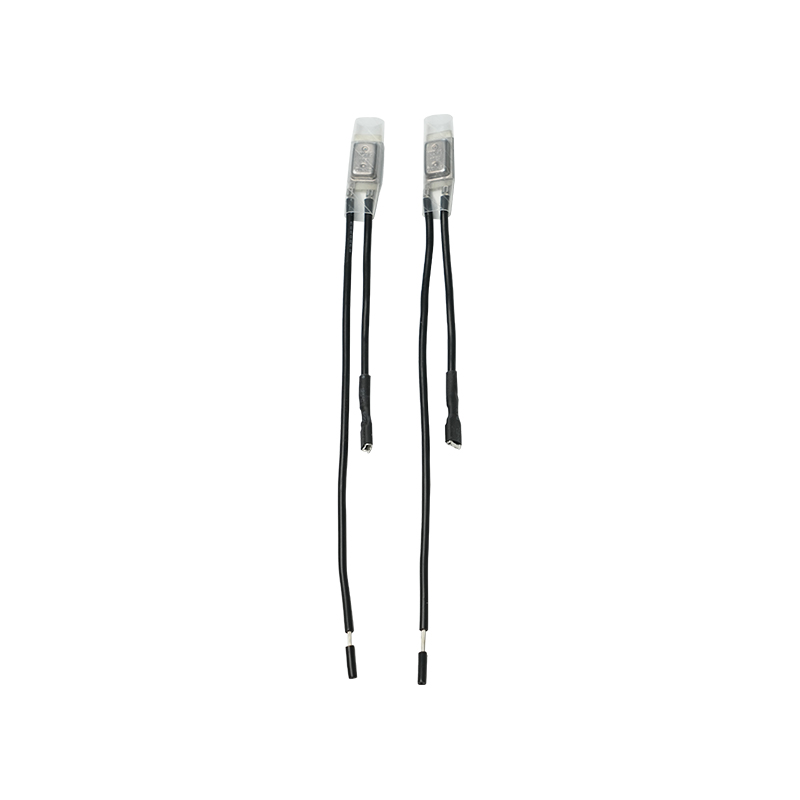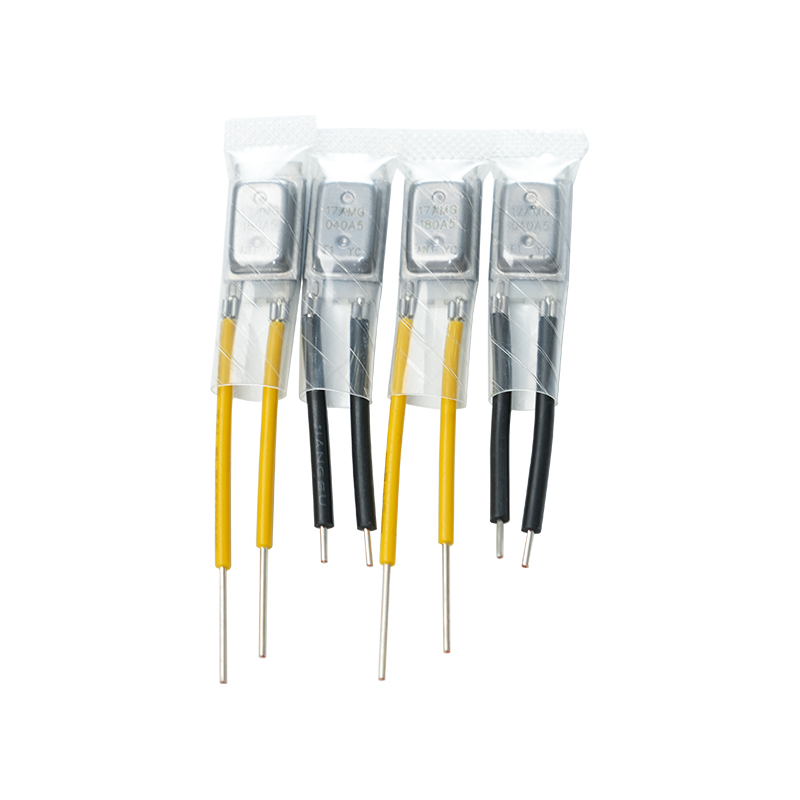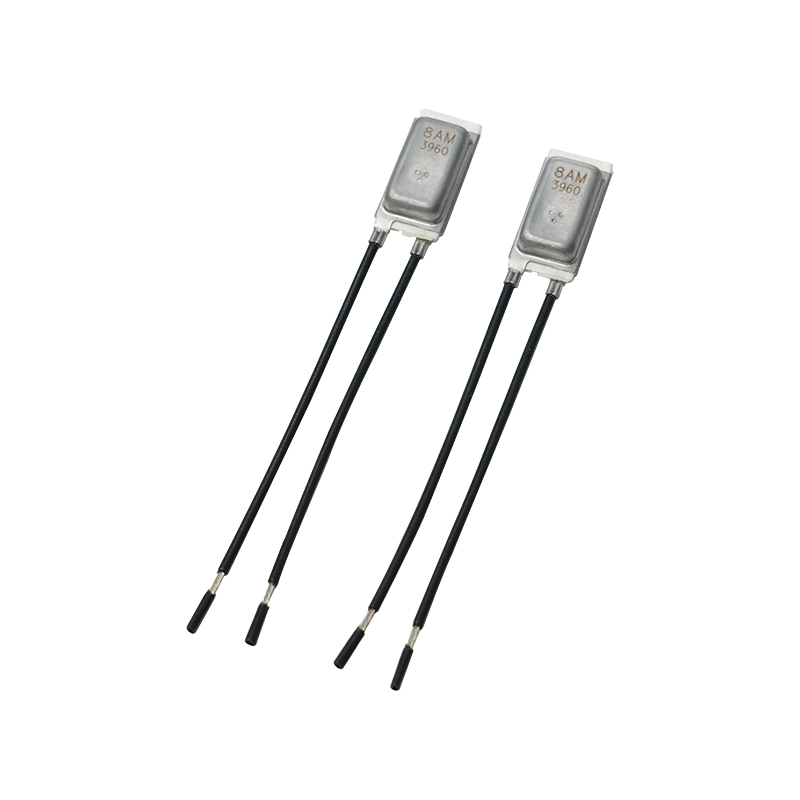Motor Thermal Protector: Ensuring Safe and Efficient Motor Operation

In modern industrial and commercial applications, electric motors are the workhorses behind countless machines and devices. From HVAC systems and compressors to pumps, fans, and manufacturing equipment, motors play a critical role in keeping operations running smoothly. However, with continuous use and varying load conditions, motors are vulnerable to overheating — a problem that can lead to premature failure, downtime, and even fire hazards.
To mitigate these risks and extend the life of motors, a key component comes into play: the motor thermal protector. In this article, we will explore what a motor thermal protector is, how it works, its benefits, types, and why it is essential for reliable motor performance.
What Is a Motor Thermal Protector?
A motor thermal protector is a safety device designed to detect excessive heat in electric motors and interrupt the electrical circuit when the temperature exceeds safe limits. By doing so, it prevents the motor from operating under dangerous thermal conditions, thereby protecting it from damage.
These protectors can be built into the motor (internal thermal protectors) or installed externally. They operate either through bimetallic strips, thermistors, or temperaturesensitive switches that respond to rising heat levels. Once the temperature falls back to safe levels, the protector resets automatically or manually, depending on its design.

Why Overheating Occurs in Motors
Electric motors generate heat during operation. While some heat is normal and manageable through builtin ventilation and cooling systems, excessive heat may result from several factors:
Overloading or excessive mechanical stress
Frequent starts and stops
Blocked ventilation
High ambient temperatures
Undervoltage or overvoltage conditions
Bearing failure or poor lubrication
Improper motor sizing
When not addressed promptly, these issues can cause insulation breakdown, winding damage, rotor misalignment, and ultimately motor burnout. This is where the motor thermal protector becomes critical.
How a Motor Thermal Protector Works
The working principle of a motor thermal protector is simple yet highly effective. Most thermal protectors use a bimetallic element—two different metals bonded together that expand at different rates when heated. As temperature rises, the bimetal bends and eventually triggers a contact to open the circuit, cutting off power to the motor.
Other types use positive temperature coefficient (PTC) thermistors, which increase resistance dramatically when a certain temperature is reached, reducing current flow or sending a signal to the control circuit to shut down the motor.
Once the motor cools, the bimetal strip or thermistor resets to its original position, allowing the motor to restart if conditions are safe.
Benefits of Using Motor Thermal Protectors
1. Motor Protection and Longevity
The primary benefit is to safeguard motors from thermal overload. By preventing operation under extreme temperatures, thermal protectors help avoid costly damage and significantly increase the lifespan of the motor.
2. Improved Safety
Overheating motors can pose fire risks, especially in enclosed environments or near flammable materials. Motor thermal protectors reduce the risk of fire, electrical shock, or equipment explosions, ensuring workplace safety and regulatory compliance.
3. Reduced Downtime and Maintenance
Without protection, motor failure can lead to extended downtime and complex repairs. A thermal protector halts operation before major damage occurs, allowing for timely intervention and faster system recovery.
4. Energy Efficiency
By preventing inefficient or overloaded operation, thermal protectors contribute to optimized energy usage, reducing waste and enhancing the overall performance of motordriven systems.
5. Compliance with Industry Standards
Most industrial and commercial motors are required by standards (such as IEC, UL, or CSA) to include thermal protection to meet safety regulations. Using certified thermal protectors helps manufacturers and users remain compliant.
Types of Motor Thermal Protectors
Different applications call for different thermal protection technologies. Here are the most common types:
1. Automatic Reset Thermal Protectors
These reset themselves after the motor has cooled down. Ideal for intermittent loads or when the restart does not pose safety issues.
2. Manual Reset Thermal Protectors
Require manual intervention to reset after a trip. Used where automatic restart could be dangerous or undesirable, such as in unattended machinery.
3. PTC Thermistors
These sensors are embedded in motor windings. When the temperature exceeds a threshold, the thermistor sends a signal to the motor control system to shut it down. Common in threephase motors and complex machinery.
4. KlixonType Bimetal Disc Protectors
A reliable and widely used type, often installed directly into the motor windings or housing. Suitable for compressors, HVAC systems, and domestic appliances.
Applications of Motor Thermal Protectors
Motor thermal protectors are used across a wide range of industries and equipment types:
HVAC Systems – To protect fan motors, blowers, and compressors
Pumps – In water pumps, fuel pumps, and chemical pumps
Household Appliances – In washing machines, vacuum cleaners, air conditioners
Industrial Machines – Including conveyors, mixers, lathes, and electric tools
Automotive Industry – For window lift motors, wiper motors, and fan motors
In every application, the thermal protector ensures safe operation, extends equipment life, and reduces service costs.
Choosing the Right Thermal Protector
When selecting a motor thermal protector, several factors must be considered:
Rated Voltage and Current – Ensure compatibility with your motor’s electrical specifications.
Trip Temperature – Choose a protector that activates at a temperature suitable for your motor design.
Reset Type – Decide between automatic or manual reset based on your system’s operational needs.
Mounting Options – Choose internal or external installation based on accessibility and application.
It’s also important to work with a reputable supplier or manufacturer to ensure the thermal protector meets international quality and safety standards.
Future Trends and Innovations
As motors become smarter and more integrated into automated systems, motor thermal protectors are evolving too. Newer protectors offer features such as:
Digital temperature sensing
Integration with IoT systems
Remote diagnostics and alerts
Smart controllers that adapt to motor load conditions
These innovations allow for even greater protection, predictive maintenance, and operational control—vital for today’s datadriven industries.
Final Thoughts
A motor thermal protector may be small, but its impact is enormous. By acting as the first line of defense against overheating, it protects motors from serious damage, ensures operator safety, and reduces downtime. Whether in industrial, commercial, or residential settings, thermal protection is not a luxury—it’s a necessity.








